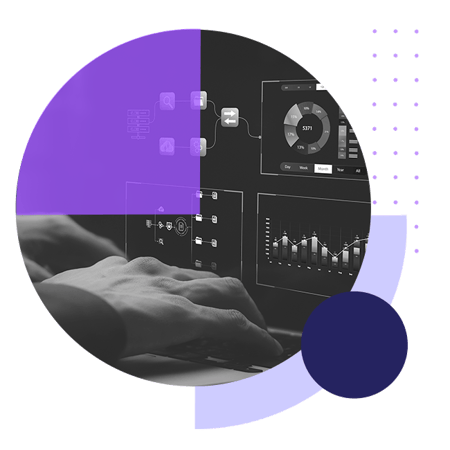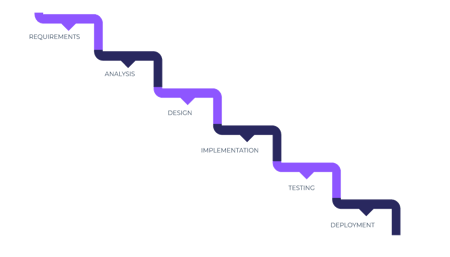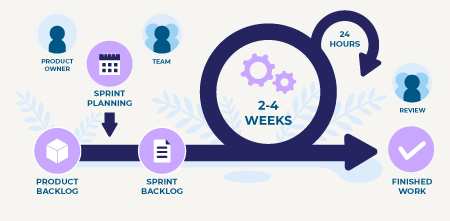Data & Analytics
Innovative Solutions for Strategic Insights and Business Growth
Data Integration and Analytics Development is where the magic happens!
This is where our data experts work tirelessly to craft innovative and efficient solutions that enhance the value of your data and empower you to make more informed, strategic decisions.





Approaches and Methodologies
To ensure the success of our projects, we meticulously choose the most fitting approaches and methodologies for Data Integration & Analytics development.
Explore our utilized methodologies:
Waterfall
The Waterfall methodology is a traditional and sequential approach in which each phase of the project is completed in a fixed order, following a cascade-like progression where one phase must be finished before moving on to the next.
This method offers a structured and predictable workflow, making it particularly suitable when budget control is a top priority. It is well-suited for projects with clearly defined scopes and tight timelines.

1.Requirements Gathering
Thoroughly collect and document project requirements, encompassing both client needs and technical specifications.
2. Analysis
Thoroughly analyze the project, identifying the required resources and necessary technologies in detail.
3. Design
In this phase, we create the system design, which includes defining the architecture, data structure and user interfaces.
4.Implementation
Coding and system implementation based on the specifications.
5. Testing
Testing phase to ensure that the system meets the requirements and functions as expected.
6.Deployment
Following successful testing, the system is deployed into production and made accessible to end users.





Scrum
Scrum is an agile methodology based on iterative and incremental development cycles, divided into sprints (iterations). In this model, teams collaborate and self-manage to deliver value to the customer at the end of each sprint. The main features of Scrum include:
Product Backlog
The Product Backlog is a comprehensive list of project features and requirements, prioritized according to their customer value.
Sprint Planning
During the start of each sprint, the team chooses a set of items from the Product Backlog to focus on throughout the duration.
Daily Scrum
A short daily meeting where the team discusses progress, challenges and plans for the day ahead.
Sprint Review
At the conclusion of each sprint, the team showcases the accomplished work to stakeholders and gathers feedback.
Sprint Retrospective
Following the Sprint Review, this meeting allows the team to assess their own performance and identify areas for improvement.




Data Analytics Lifecycle
The Data Analytics Lifecycle, as this methodology is known, defines the essential steps and processes for executing data analysis projects.
This structured approach plays a crucial role in assisting companies in extracting valuable insights from their data, enabling more accurate and efficient decision-making.
Below is a concise overview of the key stages.

The performance of the models is assessed using various metrics and validation techniques. This includes methods aimed at ensuring the accuracy and reliability of the model. The process may involve several iterations to refine the model and achieve the desired level of performance.
In this concluding phase, results are interpreted, visualizations are crafted and findings are presented in a clear and concise manner to stakeholders. Effective communication plays a crucial role in ensuring that the insights derived from data analysis are comprehended and utilized for informed decision-making.

MEET OUR TEAM
Introducing the Minds Behind NCS Projects
Solution Architects
Crafting Efficient Data Systems.









